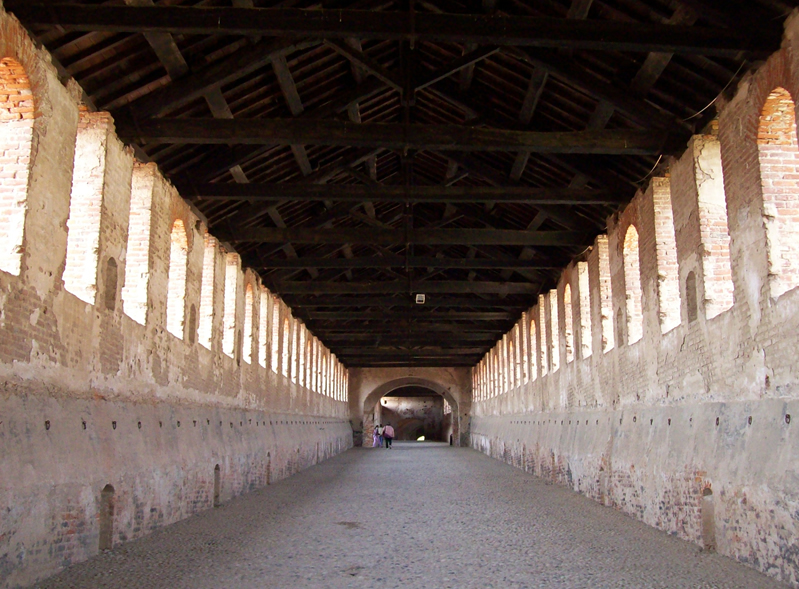
Benvenuto nel servizio Newsletter di Hotel del Parco
Inserisci i dati aziendali e/o privati per restare sempre in contatto con le nostre iniziative..

Inserisci i dati aziendali e/o privati per restare sempre in contatto con le nostre iniziative..
Vigevano Castle, with the Piazza Ducale serves as a regal entrance hall to the city. It can be considered a small city inside the city, being by extension one of the largest fortified complex in Europe. The first nucleus dates back to the Lombard period (7th-10th century), while its transformation into a noble residence was due to the Visconti (in particular to Luchino Visconti) and to the Sforza in particular to Ludovico il Moro.
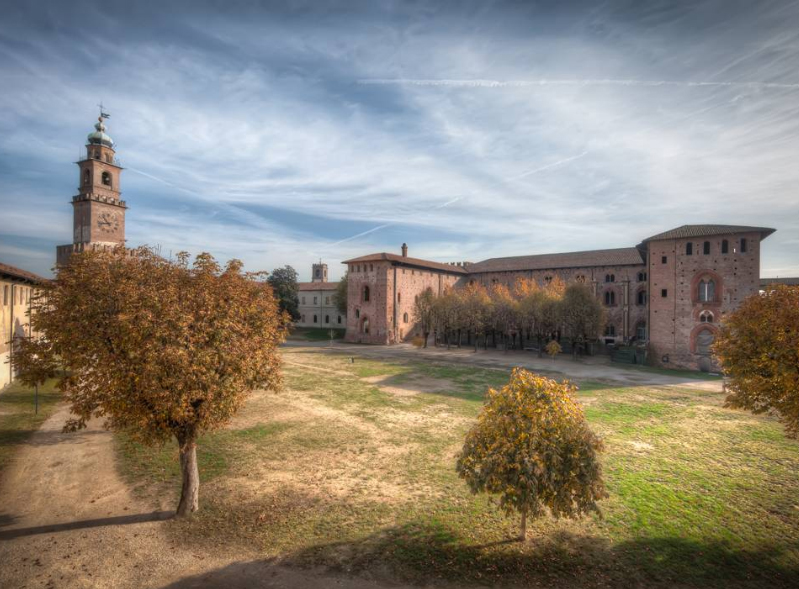
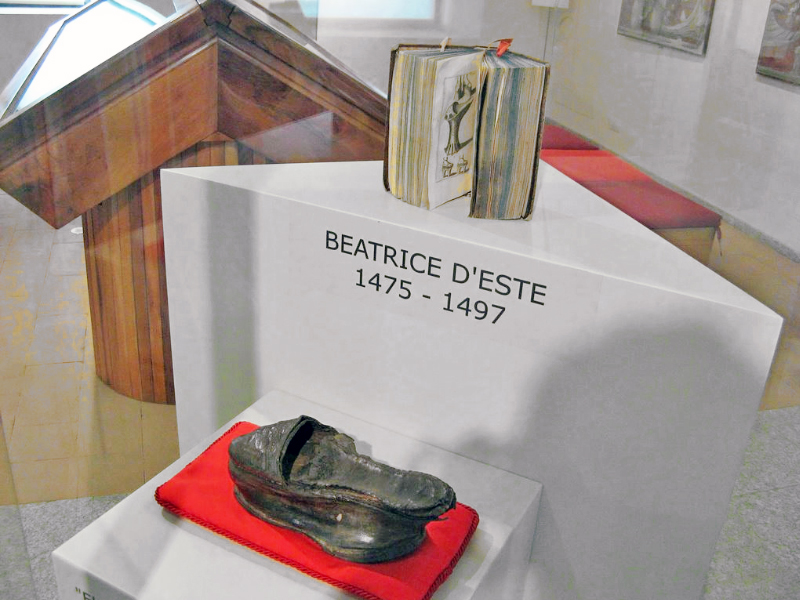
The International Shoe Museum is located at the Sforzesco Castle of Vigevano on the first floor. It takes its name from Pietro Bertolini, one of the main shoemaking and founder of the famous Ursus Gomma. Since the '30s of the last century Mr Bertolini had started collecting historical shoes, documents, relics, objects of various kinds related to the world of shoe, thus constituting, within a few years, a real private museum dedicated to the shoe. The entrance to the Museum is free. Discover more
Majestic building with a beautiful wooden truss structure, it was built in 1837 on the area of the destroyed Rocca Vecchia. The project of the engineer Ludovico Inverardi, responded to the need to have a covered riding school for horses located in the castle from 1811. Next to the current Cavallerizza, now renovated and used for events, there was a similar building collapsed in sixties due to heavy snowfall. A public garden has now been created in its place.
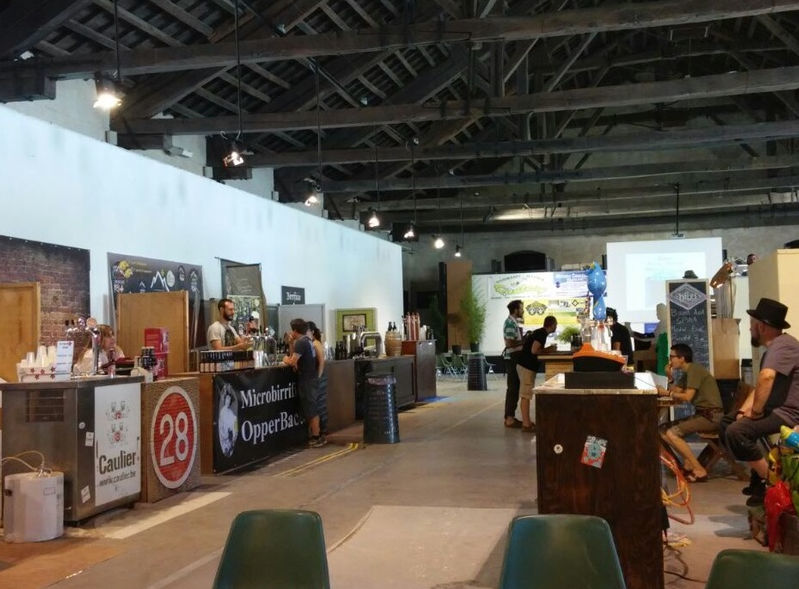
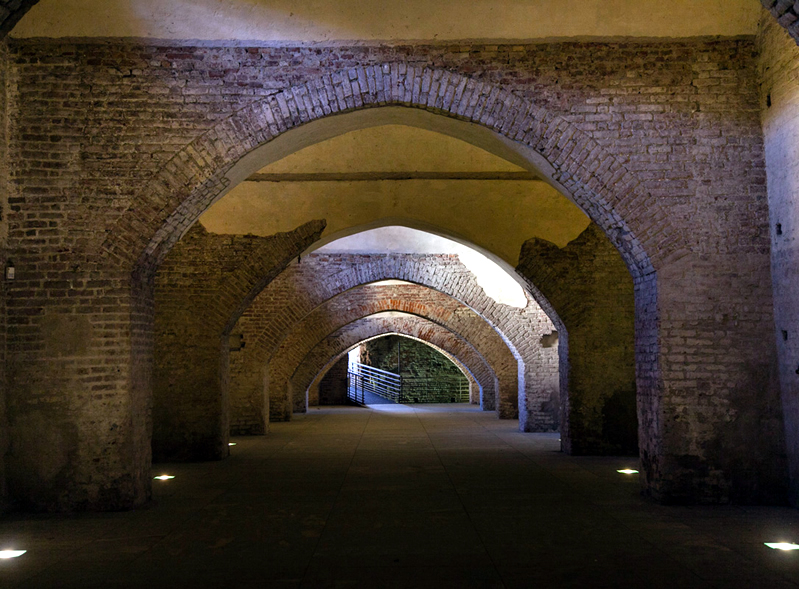
The covered road, also called closed or hanging road, has giant proportions: it is 167 meters long and 7 meters wide. It overcomes a 10 meters difference between the Maschio del castello and the place where once stood the Rocca Vecchia, fortress overlooking the countryside, at the end of the walls. It was built in 1347 by Luchino Visconti to allow the lords of Milan to enter and exit the castle without being seen by the inhabitants of the village, and to escape in case of danger. It is a mighty construction that has remained intact in its structure: the soldiers cross the road using heavy tracked until the mid-60s of the last century without any damage... Its realization impacted to the vigevanesi as they were demolished several houses of the village.
These are two impressive and suggestive connecting roads that, from the close Piazza Ducale, lead through high floors to the ancient moat of the Maschio del Castello and to the Cavallerizza area. Completely accesible thanks to a recent restoration, they are divided into two large sections that host exhibitions and events during the year. The passage, especially of the second stretch, allows you to admire the historical and functional stratifications: stable for horses from the eighteenth century, a place of work for workers of the ducal court of the Sforza (you can see the room used as a glacier).
